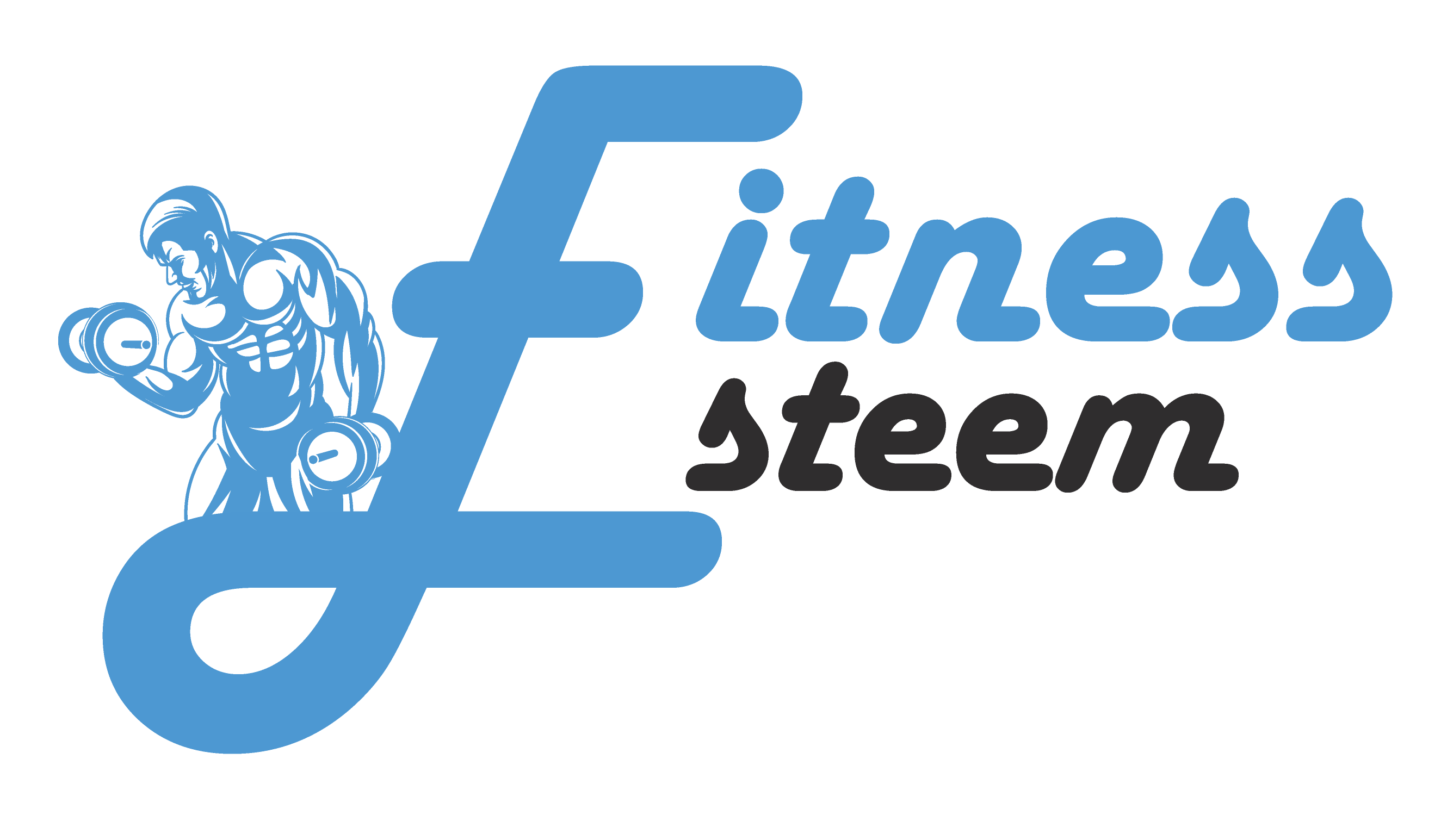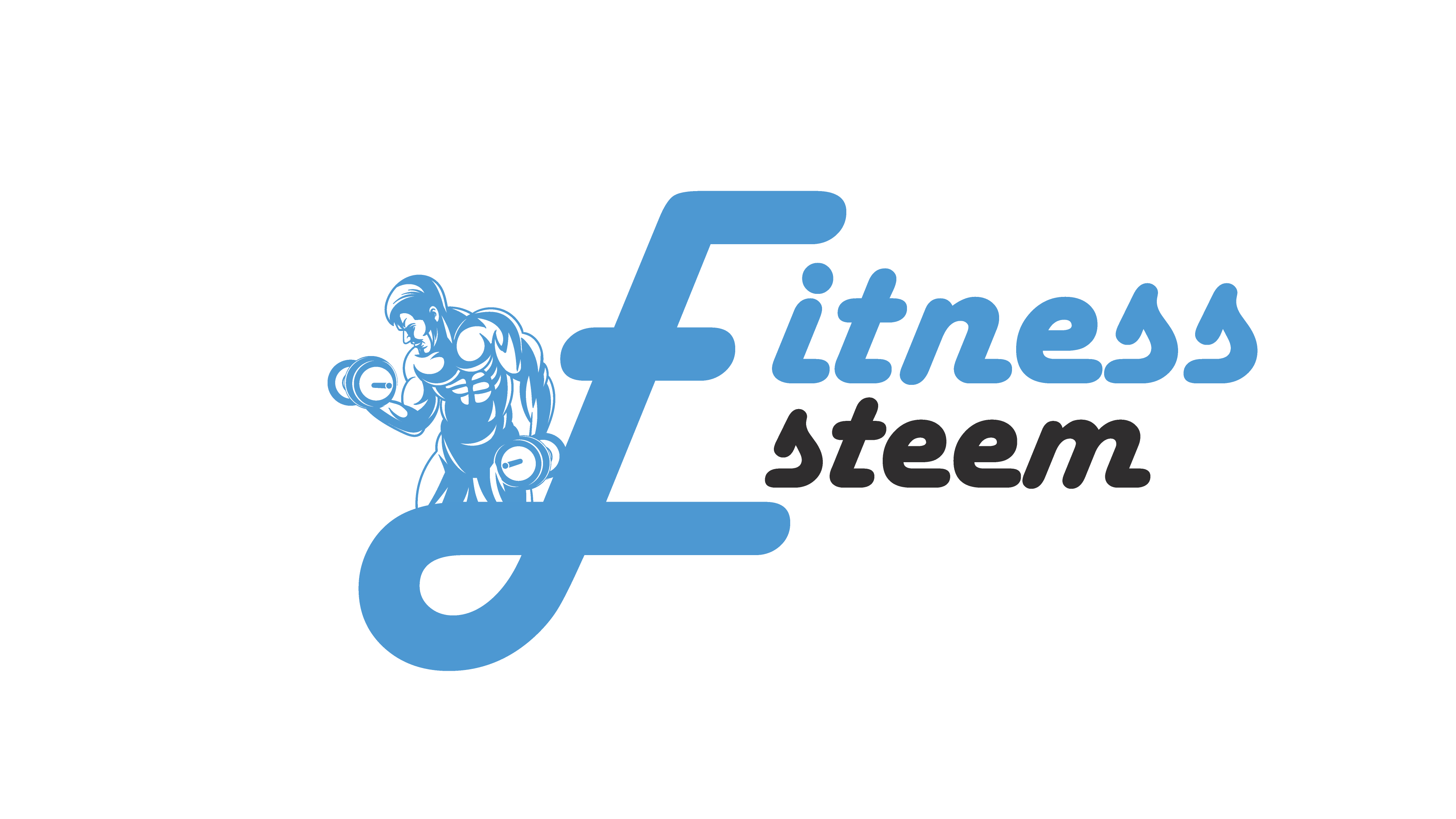Physical and Mental Health fitness
Physical & mental health is an integral part of the general state of health of the individual and is essential to his survival since it determines behavior, perception, the way of thinking, communicating and understanding.
The mental health benefits of physical activity
These benefits are undeniable even if they are less known than those concerning physical health. It seems that the greater the pleasure associated with physical activity, the better the benefits for psychological well-being. The important thing is therefore to choose physical activities corresponding to everyone’s preferences and life circumstances.
Exercise acts on the nervous and endocrine systems which are intimately linked to mental health. The calming effect of exercise would be felt more intensely in stressed or anxious people as well as in sedentary people.
After about 30 minutes of more intense exercise, the soothing effect is coupled with a euphoric sensation. This sensation is largely due to the secretion of endorphins, also called pleasure hormones, whose euphoric, relaxing and analgesic action resembles that of opium, morphine or heroin.
The longer and more intense the exercise, the greater the amount of endorphins released. Thus, the brain can produce up to five times more endorphins during exercise than at rest.
During an exercise of medium intensity to high (70 to 89% of VO2max), another mechanism is set in motion to promote mood balance: the synthesis of serotonin and dopamine. People with depression would tend to have lower than normal levels of serotonin and dopamine.
Thus, several studies show that physical activity improves psychological well-being, stress management and mental activity (such as decision-making, forecasting or short-term memory), that it reduces anxiety and promote healthy sleep patterns. Clinical trials have shown that exercise can be part of the treatment for depression. Physical activity in older adults may also help reduce the risk of dementia and Alzheimer’s disease.
Good for physical and mental health
From a physical point of view, the simple fact of seeing and feeling your toned muscles, losing weight, feeling freer in your movements and full of energy are gains that help you feel better about yourself. Thus, regular physical activity allows you to have a good self-image on the physical level (skill, strength, endurance, appearance). The combination of physical and biochemical reactions that exercise causes would have a positive effect on self-esteem.
Self-image means the perception that a person has of himself while self-esteem refers to the value that he takes for himself. Exercise also helps you sleep better, which has a significant impact on mental health.
Although the health benefits of physical activity may be in part the result of a placebo effect and are not always as great as popular discourse suggests, there is data to indicate quite clearly that activities aerobic physical activity, even when practiced at low intensity (35 to 54% of VO2max) or medium, (55 to 69% of VO2max) are associated with the alleviation of symptoms of anxiety and depression.
Indeed, a study on more than 10,000 subjects followed for 27 years showed an inverse relationship between physical activity and the occurrence of a depressive syndrome: subjects practicing 3 hours or more of sport per week have a reduced risk 27% depression compared to less active subjects (totally inactive or 1 to 2 hours of sport / week). Thus, regular physical activity reduces symptoms of depression, anxiety and is associated with better self-image and better self-confidence.
What physical activities should be favored?
Regular physical activity of moderate intensity (55 to 69% of VO2max) seems to be an effective intervention to reduce depressive symptoms in subjects experiencing clinical depression. In addition, 150 minutes of weekly physical activity at medium intensity, seem to have an effect as important and perhaps even more lasting than pharmacological treatment.
In terms of the link between physical activity and reduced anxiety, 20 minutes of moderate-intensity aerobic exercise seems to do better than high-intensity resistance training.
For example, 20 to 40 minutes of aerobic activity can decrease mild anxiety for 2 to 4 hours. Programs that last at least 10 weeks and preferably 15 weeks lead to the greatest decreases in anxiety. It is not necessary to perform a high intensity exercise (70 to 80% of VO2max) to elicit beneficial effects.
In all cases, for safety reasons, it is important to be well supervised from the start and ensure follow-up to maintain persistence. To do this, establishing an action plan with objectives and steps to meet is essential.
The importance of physical fitness
In its most general meaning, fitness is a general state of good physical health. Getting and keeping fit is the result of proper physical activity, diet and nutrition, and of course adequate rest for physical recovery. Simply put, fitness is for the human body what fine tuning is for a motor.
It allows people to realize their full potential. Regardless of age, fitness can be described as a condition that helps people to look, feel and do their best. Thus, fitness coaches describe it as the ability to perform daily tasks with vigor and alertness, with extra energy to enjoy leisure activities and respond to emergency requests.
Specifically true for the elderly, physical fitness is the ability to endure, to endure, to resist stress and to continue in circumstances where an incapacitated person cannot continue.
For a person to be considered physically fit, the heart, lungs and muscles must function at a certain level in order for the individual to continue to feel able to perform an activity.
At the same time, since what humans do with their bodies directly affects their state of mind, fitness to some extent influences qualities such as mental alertness and emotional expression.
Fitness is often divided into the following categories so that people can examine its components or parts. In particular, physical condition is judged by:
1. Cardiovascular endurance: this is the body’s ability to supply oxygen and nutrients to tissues and to remove waste products over extended periods of time.
2. Muscle strength and endurance: Strength is the ability of the muscle to exert force for a short period of time, while endurance is the ability of a muscle or group of muscles to withstand repeated contractions or to continue to apply force against an inert object.
3. Flexibility: this means the ability to move the joints and use the muscles in their full range of motion.
4. Body composition: Considered as one of the components of physical fitness, the composition refers to the body in terms of lean mass (muscle, bone, vital tissue and organs) and fat mass. In fact, the optimal ratio of fat to lean mass is an indication of physical fitness. Performing the right set of exercises can help people get rid of body fat and build or maintain muscle mass.
Physical and Mental Health fitness
Physical & mental health is an integral part of the general state of health of the individual and is essential to his survival since it determines behavior, perception, the way of thinking, communicating and understanding.

